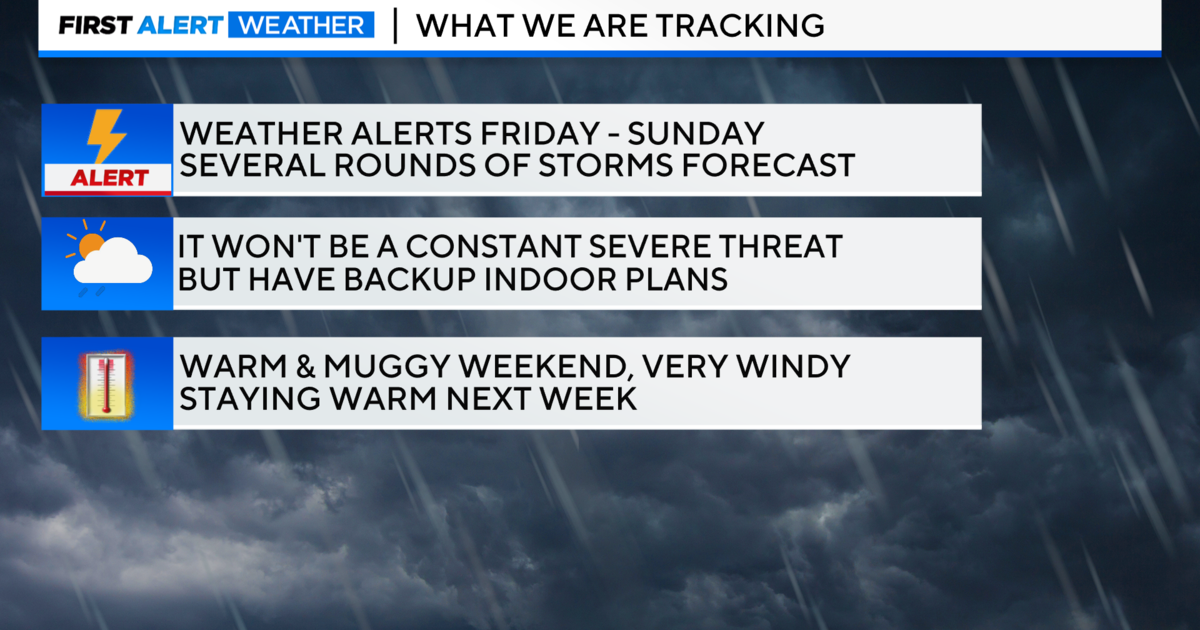Clock Ticking As Defunct Space Lab Hurtles Toward Earth
BEIJING (CBSNEWS.COM) - China's defunct and reportedly out-of-control Tiangong 1 space station is expected to re-enter Earth's atmosphere sometime this weekend. It poses only a slight risk to people and property on the ground, since most of the bus-size, 8.5-ton vehicle is expected to burn up on re-entry, although space agencies don't know exactly when or where that will happen.
Below are some questions and answers about the station, its re-entry and the past and future of China's ambitious space program.
What will happen and how great is the danger?
The European Space Agency predicts the station will re-enter the atmosphere between Saturday morning and Sunday afternoon -- an estimate it calls "highly variable," likely because the ever-changing shape of the upper atmosphere affects the speed of objects falling into it.
The Chinese space agency's latest estimate puts re-entry between Saturday and Wednesday.
Western space experts say they believe China has lost control of the station. China's chief space laboratory designer Zhu Zongpeng has denied Tiangong was out of control, but hasn't provided specifics on what, if anything, China is doing to guide the craft's re-entry.
Based on Tiangong 1's orbit, it will come to Earth somewhere between latitudes of 43 degrees north and 43 degrees south, or roughly somewhere over most of the United States, China, Africa, southern Europe, Australia and South America. Out of range are Russia, Canada and northern Europe.
Based on its size, only about 10 percent of the spacecraft will likely survive being burned up on re-entry, mainly its heavier components such as its engines. The chances of any one person on Earth being hit by debris is considered less than one in a trillion.
"This is a big thing the size of a school bus. Most of the stuff in it will just burn up in the atmosphere," Mordecai-Mark Mac Low, curator of astrophysics at the American Museum of Natural History, told CBS New York.
Ren Guoqiang, China's defense ministry spokesman, told reporters Thursday that Beijing has been briefing the United Nations and the international community about Tiangong 1's re-entry through multiple channels.
How common is man-made space debris?
Debris from satellites, space launches and the International Space Station enters the atmosphere every few months, but only one person is known to have been hit by any of it: American woman Lottie Williams, who was struck but not injured by a falling piece of a U.S. Delta II rocket while exercising in an Oklahoma park in 1997.
Most famously, America's 77-ton Skylab crashed through the atmosphere in 1979, spreading pieces of wreckage near the southwestern Australia city of Perth, which fined the U.S. $400 for littering.
The breakup on re-entry of the Columbia space shuttle in 2003 killed all seven astronauts and sent more than 80,000 pieces of debris raining down on a large swath of the Southern United States. No one on the ground was injured.
In 2011, NASA's Upper Atmosphere Research Satellite was considered to pose a slight risk to the public when it came down to Earth 20 years after its launching. Debris from the 6-ton satellite ended up falling into the Pacific Ocean, causing no damage.
China's own space program raised major concerns after it used a missile to destroy an out-of-service Chinese satellite in 2007, creating a large and potentially dangerous cloud of debris.
(© 2018 CBS Interactive Inc. All Rights Reserved. This material may not be published, broadcast, rewritten, or redistributed. The Associated Press contributed to this report.)



